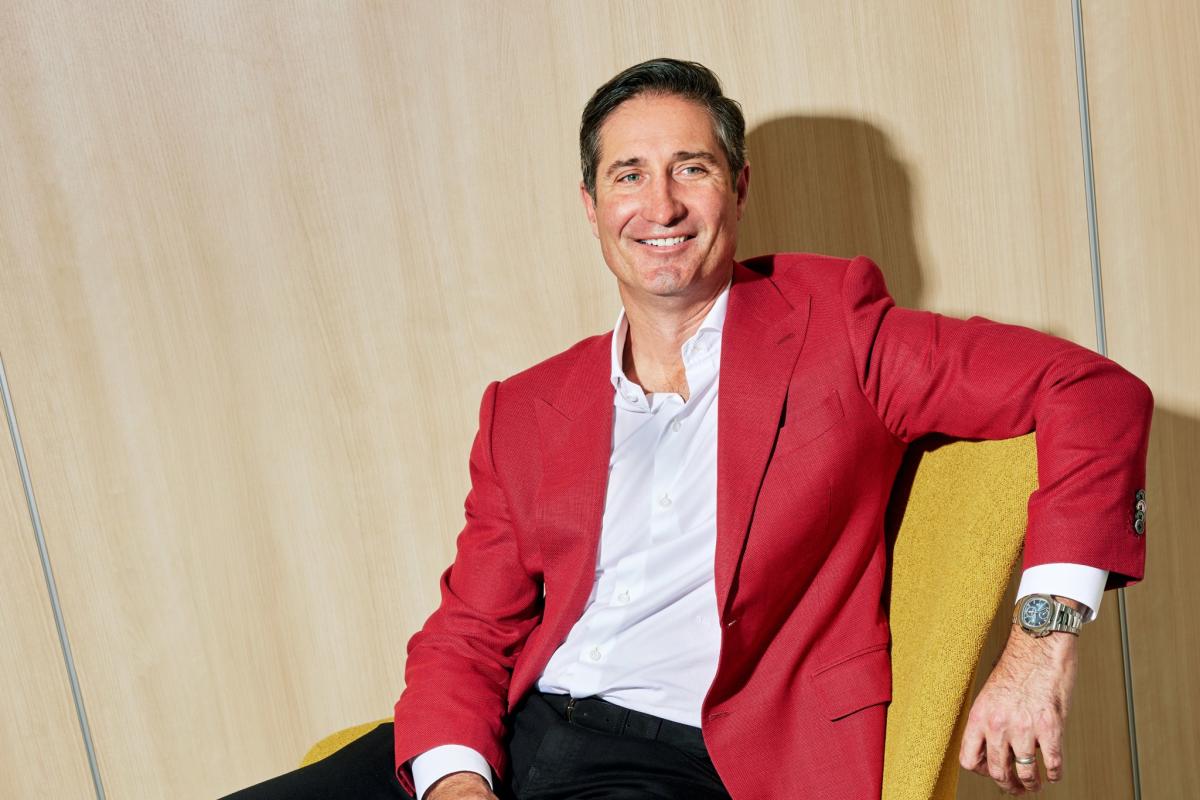In his first week on the job, 50-year-old star CEO Brian Niccol promised to restore Starbucks to its former glory, when the ubiquitous coffeehouse was a second living room for many of its regulars.
The turnaround whiz, who helped turn Tex-Mex fast-food chain Chipotle back to success during his more than six-year tenure, said Starbucks’ more than 39,000 stores worldwide must return to their roots and offer customized, high-quality coffee that customers can enjoy on-site.
“There is a general feeling that we have moved away from our core,” he wrote in an open letter to the entire company, summarizing numerous conversations he had had with employees. “We are refocusing on what has always defined Starbucks – a welcoming coffeehouse where people gather and where we serve the finest coffee, hand-crafted by our skilled baristas.”
Niccol gets started right away. On his second day at the company, he addresses fundamental problems he sees in the business and gives a brief overview of the strategic direction.
By comparison, his predecessor, Laxman Narasimhan, completed almost six months of training before taking office in March 2023 and only presented his first strategic overview a month later.
Niccol, Starbucks’ fourth CEO in two years, takes the helm at a turbulent time for the chain.
Narasimhan cut the company’s financial targets three times in less than a year and was responsible for two consecutive quarters in which store sales declined.
In an effort to boost sales, Starbucks introduced its extremely popular, autumn-inspired Pumpkin Spice Latte back in August, which many viewed as a sign of desperation.
Brian Niccol’s plan to turn things around
Niccol said he will first focus on fixing the problems in the U.S. stores, which are a major concern for founder Howard Schultz because they account for the majority of the company’s global profits.
In Starbucks’ home market, consumers are typically spoiled for choice and can often conveniently purchase a cup of coffee from several coffee chains on their daily commute.
A brand that charges premium prices must therefore differentiate itself from the competition through its experience, and recently Starbucks customers have been turning away from the chain in frustration.
More than 60% of its all-important morning traffic comes from app users, but the company recently admitted that a significant portion cancel their orders because wait times are too long when arriving at their local Starbucks.
Rather, Nichols wants consumers to associate the chain with feelings like joy and human connection as well as great coffee, and here he sees plenty of room for improvement.
“In some places – especially in the US – we don’t always deliver,” Niccol wrote. “It can feel like a transaction, the menus can be overwhelming, the product inconsistent, the wait too long or the handoff too rushed.”
This focus on human connection is nothing new; it’s a brand claim that goes back to Schultz’s vision, which Narasimhan also emphasized.
Starbucks’ collapse
But Niccol’s predecessor further industrialized the process to save seconds Wait times are reduced, the role of baristas, who have long been the “heart of Starbucks,” is weakened, and the experience becomes more like a McCafé.
In pursuit of higher returns has also moved away from its coffee roots and is increasingly focusing on caffeinated soft drinks, where higher margins can often be achieved.
And finally, the Seattle-based chain must win back customers it lost after suing union workers who called for solidarity with Palestinians caught in the crossfire of the war between Israel and Hamas.
Starbucks wanted to make it clear that it was against the misuse of its brand, but by that time progressive consumers had already begun boycotting the chain.
Since the share price was no higher than it had been five years ago, the board of directors fired Narasimhan from the company with immediate effect in August, ending the CEO’s term after less than 18 months.
Niccol’s hiring was met with strong approval from investors, easily justifying the performance-based signing bonus of $85 million in cash and stock that Starbucks offered him to lure him away from Chipotle.
Now they have to see if he can do a better job than Narasimhan at restoring consumers’ emotional connection to the brand.
“We will return to what made Starbucks Starbucks,” Niccol promised.
The company could not immediately be reached for further comment.
This story originally appeared on Fortune.com

